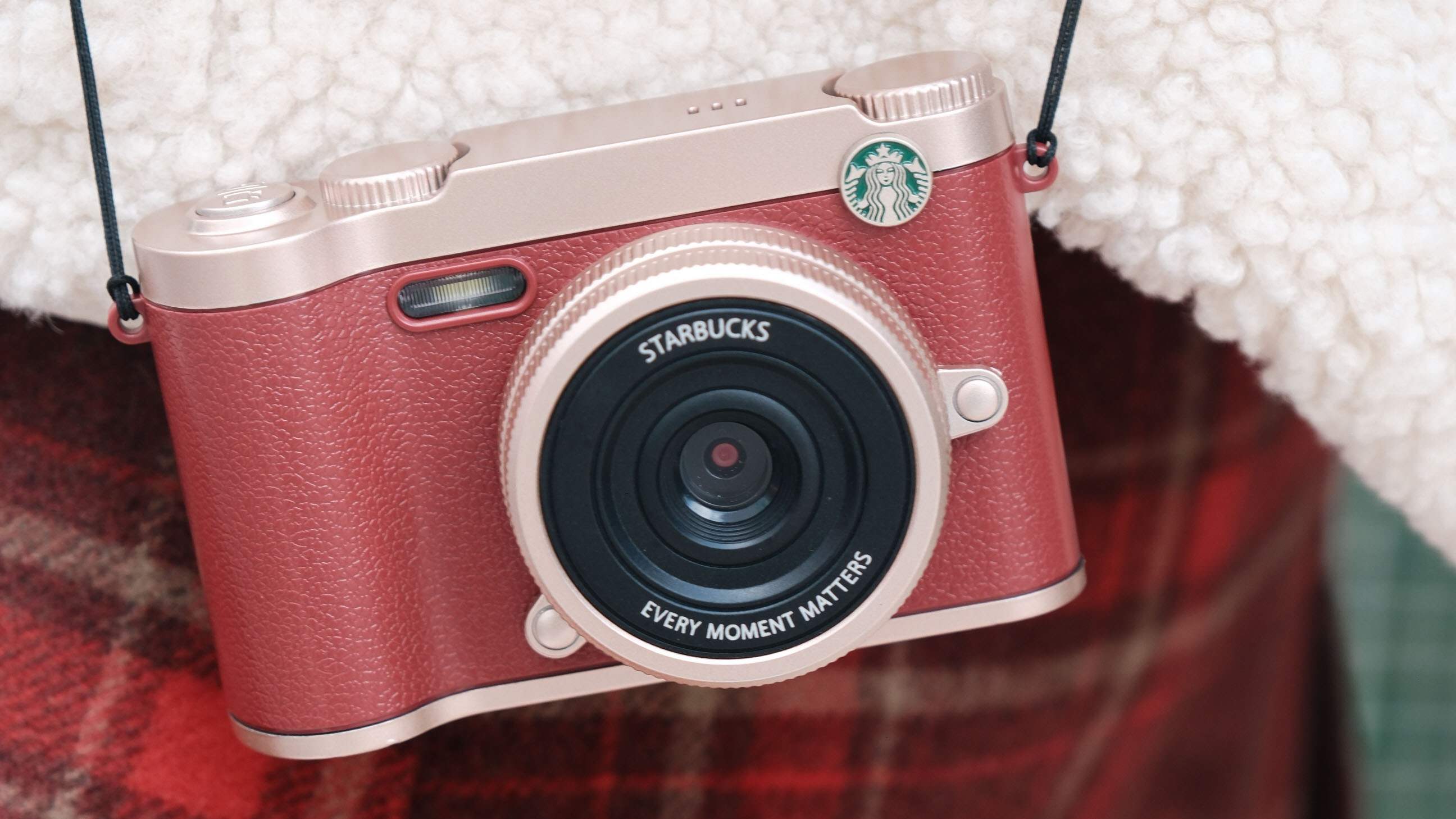I LOVE reviewing camera gear but I HATE rating the products I test. Here’s why…
You need to read beyond the star ratings to work out which of everything from the best cameras and best lenses to the best selfie sticks and best filters is best for YOU

I’m in a privileged position as Digital Camera World’s Guides Editor. As part of my role, I get to play with some of the latest and greatest camera gear so you don’t have to, putting it through its paces to evaluate just how well it performs. But it’s not all play and no work; my job is then to put my findings in a review that will guide my readers whether the product is right for them.
And then I have to condense my carefully crafted words into a five-star rating.
The problem is, the best choice for one person might not be the best for another. Take lenses as an example. For a working professional, only the very best will do, and the sharpest possible glass is the only consideration, money no object. For those on a budget, price might triumph over all else, as long as the lens is decent enough. But for most of us, it’s the sweet spot where quality and value meet; a great lens at a great price, which isn't the same thing as the very best lens at the lowest possible price.
There may be other considerations. The best wide-angle lens for an astrophotographer will need to be fast to enable shooting at really wide apertures, gathering as much light as possible onto the sensor to capture those faint pinpricks of starlight before the Earth’s rotation spoils things by turning them into trails.
But for a landscape photographer who never fails to pop their camera on a tripod and invariably shoots at f/11 to f/16 to eke the greatest possible amount of depth of field, the maximum aperture isn’t even a consideration.
Or an architecture photographer might value a wide-angle lens with image stabilization above all else so they can shoot handheld at the lens’s optical sweet spot in dimly lit interiors from angles a tripod simply won’t go.
Likewise, someone who always uses filters might completely rule out a wide-angle lens with a bulbous front element, even if it ticks all their other boxes. I could go on. But the point is, the words in the review will point all these subtleties out. A rating between one and five stars won’t.
The best camera deals, reviews, product advice, and unmissable photography news, direct to your inbox!
There are other issues. A review is a snapshot in time. It tells you how the writer rated the product in question on the day they reviewed it. But photography kit has a long shelf life, and what may have been absolutely one of a kind at the time of writing, earning it a five-star rating, may well be bettered by superior products over the subsequent years, and were it reviewed today, it might not fare quite so well as it had originally. What’s the solution: to reevaluate products in the context of their later competitors? Well, we have more than enough new gear coming in for testing to go back and re-review the stuff that we have already reviewed.
Perhaps this wouldn’t be such an issue if it weren’t for the buying guides I’m responsible for. We carefully collate the very best products of a particular type, with a short write-up of those that make the grade, but always link to our original review – and its star rating – for the more in-depth overview that we simply don’t have space for in the guides. We do point out the typical user that each product in a guide will most suit – best for pros, best value, and so on – and are ruthless in replacing products when we think something better has come along, but still, those star ratings can skew the readers' perspective somewhat.
Still, we have to do it; I’ve been writing reviews for 35-plus years during my career as a journalist, firstly on magazines and now on this website. And every time the thorny issue of ratings systems has reared its head – and whether we really need them at all – they have stayed firmly in place. An at-a-glance guide is a must, it seems.
So, you want my advice? (As a reviewer, I hope you do!) By all means, treat star ratings as a guide, but read the full review before you make up your mind to determine whether it really is best for you.

Prior to joining digitalcameraworld.com as Guides Editor, Adam was the editor of N-Photo: The Nikon Magazine for seven years, and as such is one of Digital Camera World's leading experts when it comes to all things Nikon-related.
Whether it’s reviews and hands-on tests of the latest Nikon cameras and lenses, sharing his skills using filters, tripods, lighting, L brackets and other photography equipment, or trading tips and techniques on shooting landscapes, wildlife and almost any genre of photography, Adam is always on hand to provide his insights.
Prior to his tenure on N-Photo, Adam was also a veteran of publications such as PhotoPlus: The Canon Magazine, so his wealth of photographic knowledge isn’t solely limited to the Big N.
You must confirm your public display name before commenting
Please logout and then login again, you will then be prompted to enter your display name.

